Every beginner gardener wonders how to properly harvest green tomatoes so they ripen quickly at home. After all, planting and growing tomatoes is only half the battle. In this article, you’ll find a detailed guide on harvesting, ripening, and storing tomatoes.
Another challenge is keeping ripe tomatoes fresh for as long as possible. By reading this article, you’ll learn simple methods to preserve this vegetable effortlessly for several months.
Table of contents
Why Harvest Unripe Tomatoes

Waiting for tomatoes to fully ripen on the vine isn’t necessary. You can—and should—harvest them while they’re still unripe.
Reasons:
- The largest green fruits are picked to lighten the load on the plant—they won’t grow further but may break the branches;
- Green tomatoes are harvested to boost yield—once removed, the plant will redirect nutrients to new fruit development;
- With the first frost and nighttime temperatures dropping below +10°C, green tomatoes must be harvested—there may not be enough warm days for full ripening, and the cold could ruin the entire crop;
- Excess moisture can lead to blight—first affecting the plants, then causing black spots on the fruit (such tomatoes are unsafe to eat);
- Many home cooks preserve green tomatoes.
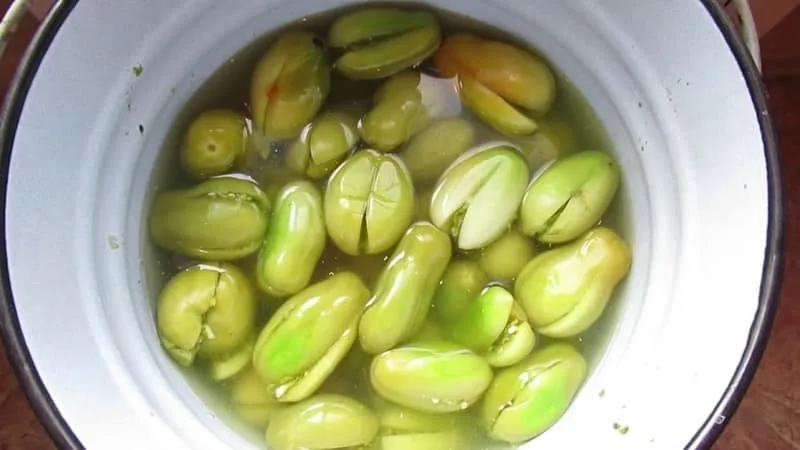
Harvesting Correctly
Ripeness is determined by color. Choose tomatoes ranging from light green to light orange. The darker the green, the longer they’ll take to ripen. The size should match the variety.
Use scissors to cut the fruit with the stem intact to avoid damaging the skin. This extends shelf life and prevents early spoilage. Always harvest in dry but not overly hot weather.
Choosing Varieties for Long-Term Storage
Specialty stores offer seeds for nearly every tomato variety. For open fields, opt for mid- or early-season varieties, while greenhouses suit late-season types.
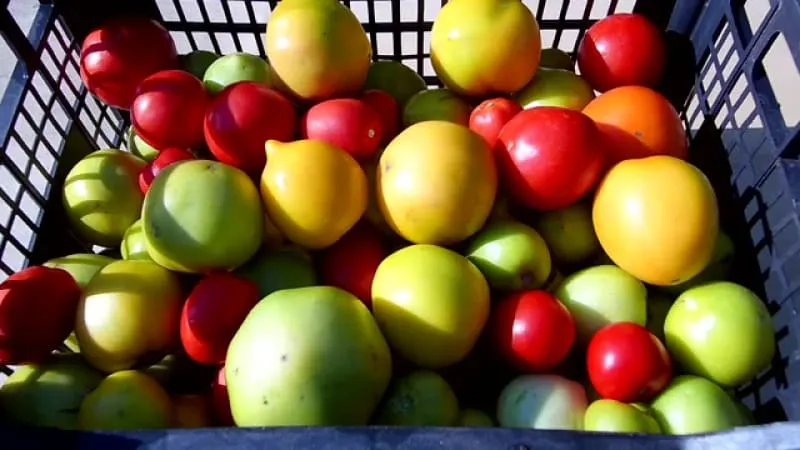
Longest-Storing Varieties and Hybrids
Yellow tomatoes like Winter Gold, Golden Queen, Snowball, Autumn Gift, and Orange Globe store exceptionally well.
For red tomatoes, consider Royal Red, Winter King, Imperial, or Stone Flower.
Exotic lovers may prefer black varieties: Black Pearl, Black Truffle, or Chocolate Cherry.
Note. Regardless of variety, field-grown tomatoes store better than greenhouse ones.
When to Harvest Tomatoes for Ripening
Outdoor tomatoes should be picked before the first frost. If the fruit starts browning near the stem, it won’t grow further and can be harvested. In excessively wet August weather, collect all green fruit to prevent rot.
Greenhouse tomatoes can be harvested later, from late June to early October. But once temperatures drop below +9°C, all fruit must be picked.
Conditions for Ripening and Storing Green Tomatoes
Optimal storage ensures the best results. Below are detailed guidelines on where and how to keep tomatoes, along with unique tips.
Best Storage Locations for Unripe Tomatoes
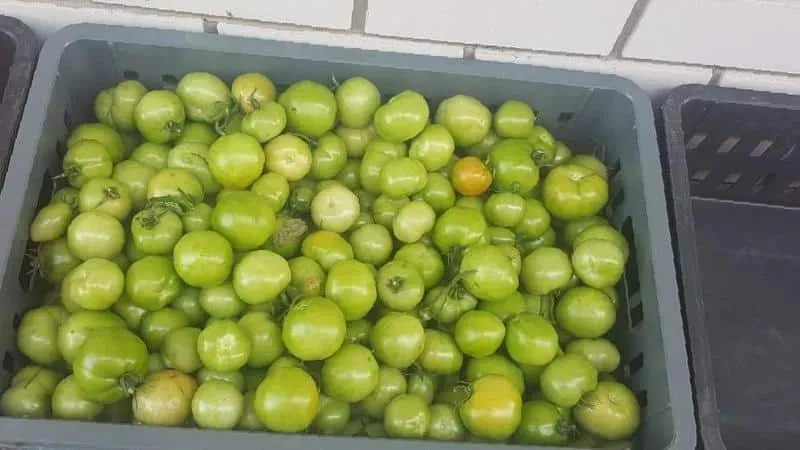
For quick ripening, choose a dark, warm, moderately humid, and well-ventilated space. Ideal temperatures range between +20°C and +25°C—higher speeds up ripening.
Storage options:
- Line small crates with paper (not newspaper), lay tomatoes in up to 3 layers, separating each with paper, straw, or sawdust.
- Traditionally, unripe tomatoes were stored in woolen boots. This works but requires checking every 2–3 days for ripe or spoiled fruit.
- Jar storage. Sterilize jars, add 2 tbsp dry mustard to the bottom, layer tomatoes, sprinkling mustard between layers. Seal with metal lids and store in a cool, dark place like a cellar. Tomatoes stay fresh for 4–5 months.
- In small apartments, spread fabric under a bed, place tomatoes on it, and cover with another cloth.
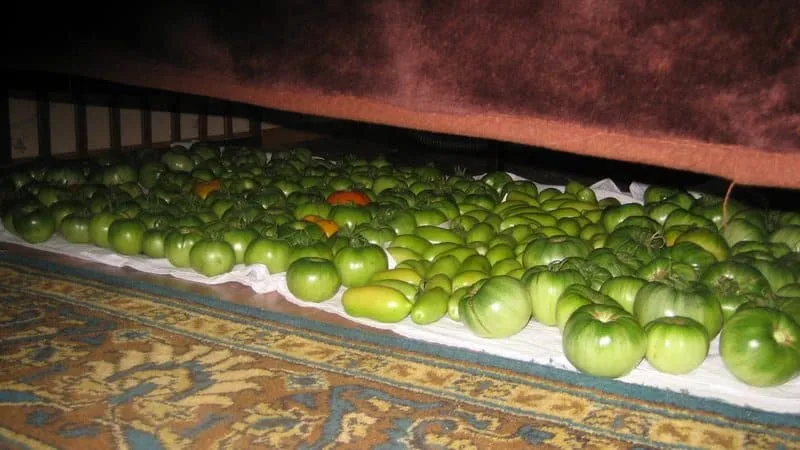
Speeding Up Tomato Ripening
Effective methods to accelerate ripening:
- Ethylene gas aids ripening. Tomatoes produce it naturally—covering them with cloth or straw increases concentration.
- Bright sunlight and warmth hasten ripening.
- Place 1–2 ripe red tomatoes or a banana among unripe ones to spread "ripening enzymes."
- For urgent ripening, inject 0.5 ml of vodka near the stem. This boosts ethylene but isn’t safe for children.
Keeping Tomatoes Fresh Until Winter
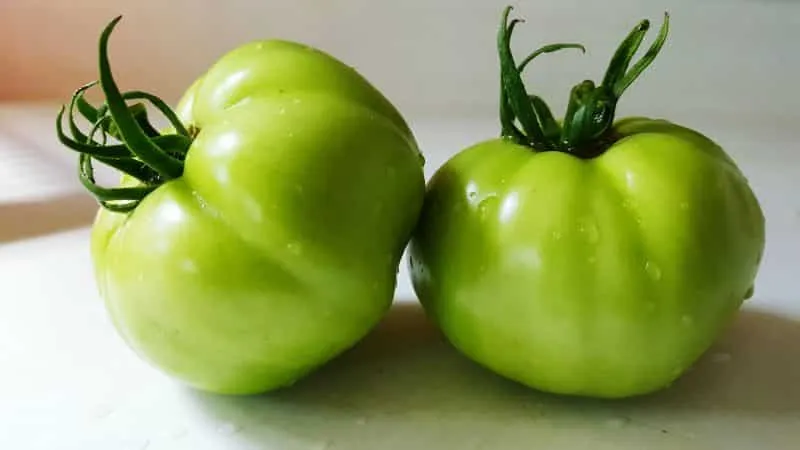
Enjoy fresh tomatoes even at Christmas by following these rules.
Sort carefully—discard any with blemishes, mold, or bruises. Store only dry, undamaged tomatoes. Check crates every 3–4 days.
Important! Avoid plastic bags—they cause rapid spoilage.
Maintain high humidity (80–85%) and temperatures below +7–10°C. Dry air leads to shriveled, tasteless fruit.
A few unripe tomatoes can go in the fridge. For cooking, slice ripe tomatoes, pack in bags, and freeze—use them until next harvest.
Storing Ripe Tomatoes
Ripe tomatoes last from a few days to 2–3 weeks. Mid- and late-season varieties keep at room temperature for 3 weeks; early types last 5–7 days in cooler spots.
Keep ripe tomatoes separate—other vegetables accelerate ripening and decay. Refrigerated ripe tomatoes last a few days.
3 Methods to Extend Shelf Life
Tips for longer storage:
- Submerge tomatoes in vegetable oil, covering them by 1 cm.
- Prepare a solution of water, salt, and vinegar (8:1:1) and pour over tomatoes.
- Layer chopped, salted tomatoes in sterilized jars, alternating with whole ones and salt. Seal and store in a cold place (fridge or cellar).
Slowing Down Ripening
Cooler temperatures delay ripening, but ensure proper ventilation to prevent spoilage or flavor loss.
Expert Tips for Harvesting and Storing Tomatoes
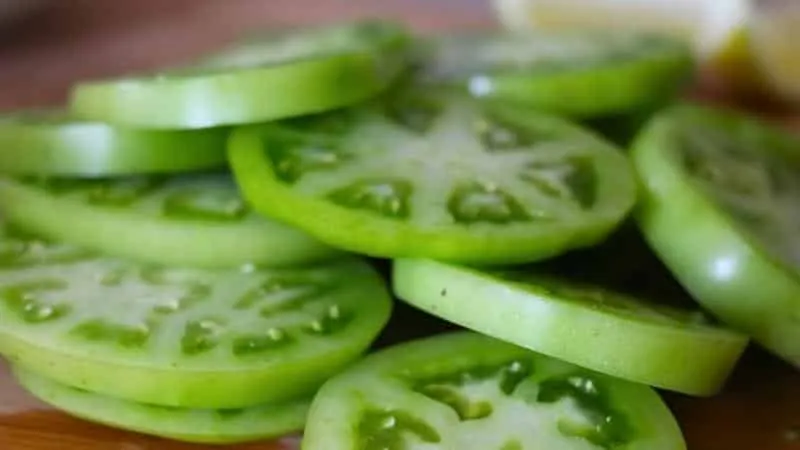
Seasoned gardeners recommend:
- Spray plants with iodine solution (30 drops per 10 L water) to speed up ripening.
- Refrigeration dulls flavor—only chill when necessary.
- Wipe tomatoes with alcohol-soaked cotton instead of washing.
- Place clean, dry tomatoes loosely in sterilized jars. Add 1 tbsp alcohol, seal, swirl, ignite with a paper wick, and seal while burning. This removes oxygen, preserving tomatoes for 4–5 months.
Conclusion
Agronomy encourages harvesting unripe tomatoes to reduce plant stress and increase yield. Experienced gardeners know how to store tomatoes for quick ripening at home or in cellars.
Proper temperature, humidity, careful selection, and regular checks ensure months of fresh, ripe tomatoes.







